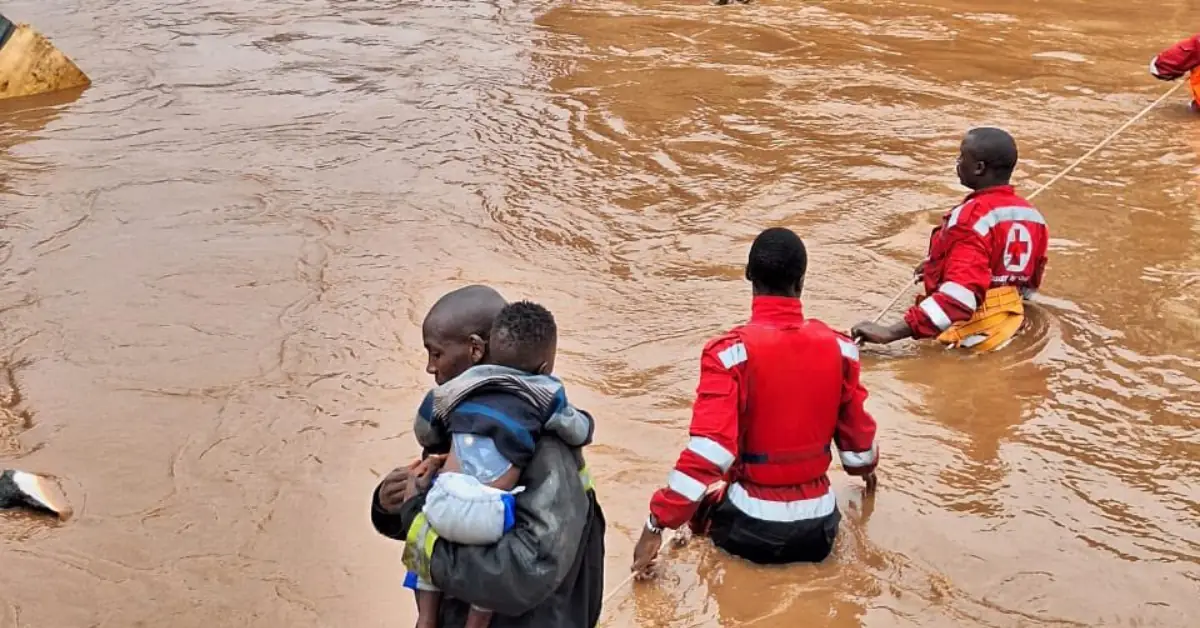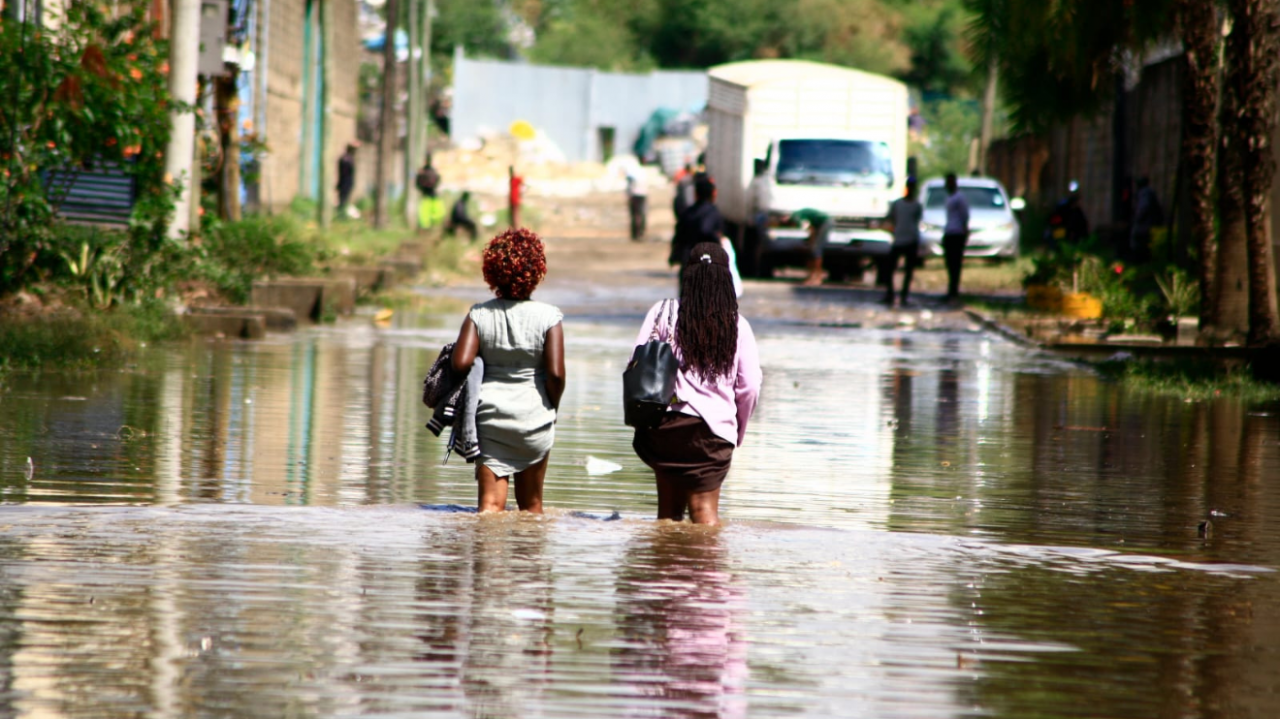
Kenya nairobi flooding – As Kenya’s capital city, Nairobi, grapples with the devastating effects of recurrent flooding, this comprehensive guide delves into the intricate web of factors contributing to this urban crisis, its far-reaching consequences, and the urgent need for innovative mitigation strategies.
Nairobi’s geographical location, rapid urbanization, and the impacts of climate change have coalesced to create a perfect storm, exacerbating the severity and frequency of flooding events. The ensuing social and economic consequences have been profound, affecting housing, infrastructure, transportation, and public health.
Causes of Flooding in Nairobi

Flooding in Nairobi is a complex issue with multiple contributing factors. Geographical features, urbanization, and climate change all play a role in the city’s susceptibility to flooding.
Geographical Factors
Nairobi is situated in a valley surrounded by hills, which restricts the flow of water during heavy rainfall. The city’s drainage system is often overwhelmed by the volume of water, leading to flooding.
Urbanization and Infrastructure Development, Kenya nairobi flooding
Rapid urbanization has resulted in the expansion of impervious surfaces, such as roads and buildings. These surfaces prevent water from infiltrating the ground, increasing runoff and contributing to flooding.
Climate Change
Climate change is exacerbating flooding in Nairobi. Rising temperatures are increasing the frequency and intensity of extreme rainfall events, which overwhelm the city’s drainage system.
Impacts of Flooding in Nairobi

Flooding in Nairobi has severe social and economic consequences. The city’s infrastructure, housing, and transportation systems are often damaged, disrupting daily life and economic activity.
Social Impacts
- Displacement of residents from their homes
- Increased risk of waterborne diseases
- Disruption of education and healthcare services
Economic Impacts
- Damage to infrastructure, such as roads, bridges, and buildings
- Loss of income for businesses and individuals
- Reduced productivity and economic growth
Mitigation Strategies for Flooding in Nairobi
Several efforts are underway to mitigate flooding in Nairobi. These include improving drainage systems, implementing flood warning systems, and promoting sustainable land use practices.
Current Efforts
- Construction of new drainage channels and retention ponds
- Installation of early warning systems to alert residents of impending floods
- Enforcement of regulations to prevent illegal construction in floodplains
Innovative Solutions
Innovative solutions are also being explored to reduce the impact of flooding. These include:
- Green infrastructure, such as rain gardens and bioswales, to absorb rainwater
- Permeable pavements that allow water to infiltrate the ground
- Cloud seeding to increase rainfall in areas outside the city
Conclusive Thoughts: Kenya Nairobi Flooding
Addressing Nairobi’s flooding crisis requires a multifaceted approach that encompasses both structural and non-structural measures. Embracing innovative solutions, fostering community involvement, and learning from the experiences of other cities can pave the way for a more resilient and flood-proof Nairobi.
As we navigate the challenges posed by climate change and urbanization, the lessons gleaned from Nairobi’s flooding crisis serve as a stark reminder of the urgent need for proactive planning and sustainable urban development.
Common Queries
What are the primary causes of flooding in Nairobi?
Nairobi’s flooding is attributed to a combination of factors, including its geographical location in a valley prone to flooding, rapid urbanization leading to increased impervious surfaces, and the impacts of climate change, which have intensified rainfall patterns.
What are the most significant impacts of flooding in Nairobi?
Flooding in Nairobi has severe social and economic consequences, including damage to housing and infrastructure, disruption of transportation networks, and increased health risks due to waterborne diseases and contamination.
What mitigation strategies are currently being implemented in Nairobi to address flooding?
Nairobi has undertaken various mitigation measures, such as constructing drainage systems, implementing flood warning systems, and promoting green infrastructure to absorb excess rainfall. However, further efforts are needed to enhance the city’s resilience to flooding.





